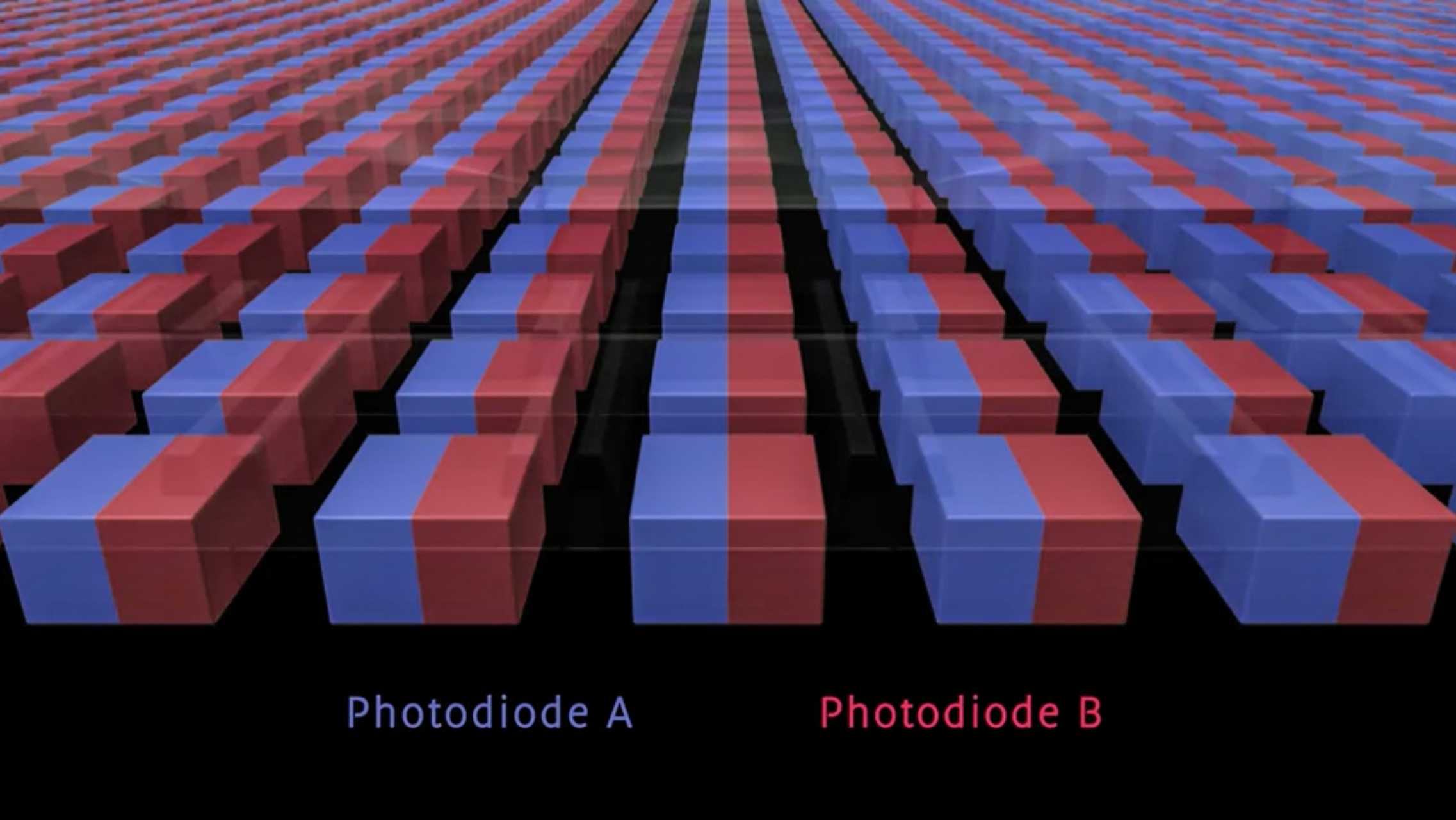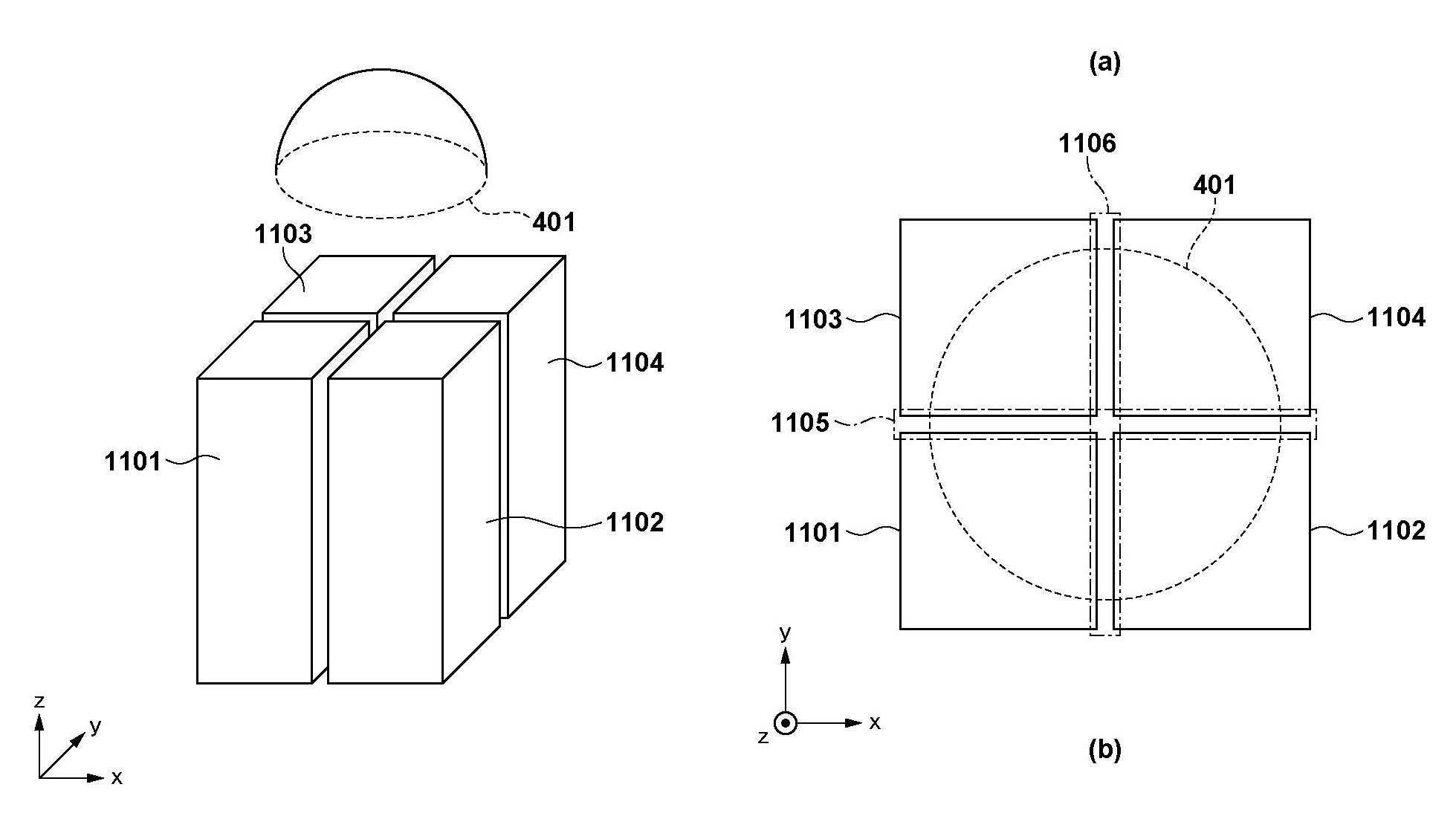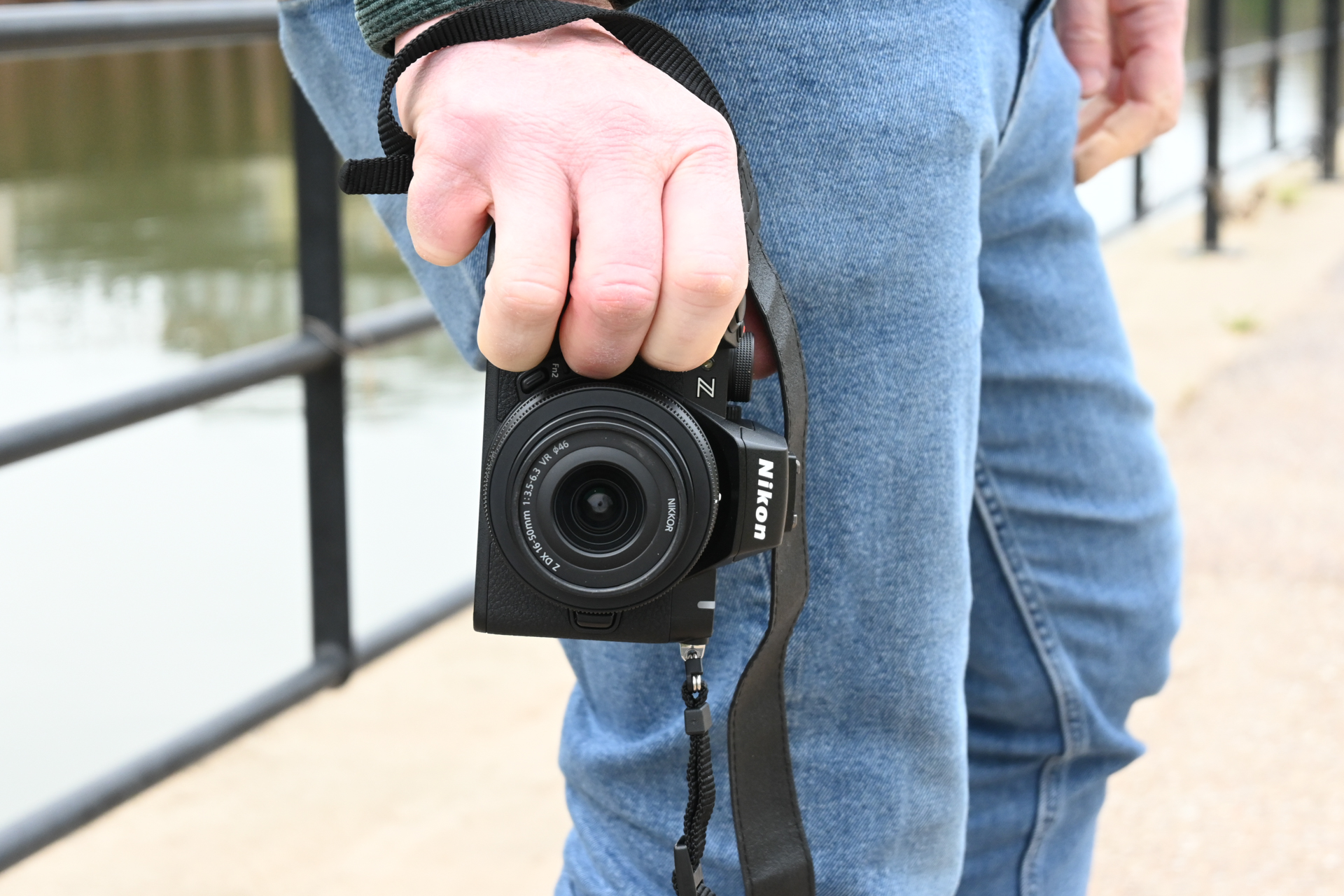Canon is playing catch-up to OM System when it comes to autofocus accuracy
Patent suggests Canon is working on next-gen AF, but OM System has already put something similar into production

According to a recent patent application, Canon could be working on a development of its Dual Pixel AF system. Launched in 2013 in the EOS 70D, DPAF improves autofocus speed when using contrast-detect AF. Around 80% of the pixels on the image sensor incorporate two separate light-sensitive photodiodes. The signal from these is combined when capturing an image, but can be split during autofocussing, so the camera can measure the difference between the two individual signals to determine the distance of your subject more quickly. It's proven to be an effective way to speed up contrast-detect AF, as without DPAF such focussing can be prone to focus hunting.
Read more: What is Dual pixel AF and why is it important?

However, DPAF isn't perfect. The system works best when focussing on subjects which are aligned in a significantly different orientation to the horizontal left:right split of the pixels. Should you happen to be focussing on a horizontally aligned subject, the difference in signal data between the two photodiodes is minimal, and PDAF becomes much less effective.
This issue can be resolved by instead splitting each pixel into four photodiodes, resulting in Quad Pixel AF. This trick isn't exactly new though. OM System has incorporated such a system into the OM-1, whereby each pixel is split into four photodiodes, with the segments directed up:right, up:left, down:right and down:left. OM System's version of Quad Pixel AF means the OM-1 can focus in an X-shaped orientation and should have much improved sensitivity to a greater variety of subject orientations. It's unlikely the QPAF approach in Canon's patent would function exactly like OM System's, as that would infringe on OM System's IP, but it gives us an approximate idea of how Canon's implementation might work.

Canon's patent also highlights the potential difficulties with producing a quad pixel AF system using a sensor that isn't 1:1 (square) in aspect ratio. The patent mentions a full-frame (36x24mm) 3:2-ratio sensor. This will necessarily have pixels on the left and right of the sensor that are further away from the center than those within the central square portion. This distance difference between horizonal and vertical pixels can lead to issues with crosstalk (a phenomenon in which charge leaks to the adjacent photoelectric conversion unit). Canon's patent is an attempt to overcome the inherent issues with Quad Pixel AF when implemented on a sensor with different horizontal and vertical lengths.
Given the existing dual pixel AF is now a decade old, and its limitations have been long known, developing QPAF for a full-frame sensor must be quite the engineering challenge.
Story credit: Canon Rumors
Get the Digital Camera World Newsletter
The best camera deals, reviews, product advice, and unmissable photography news, direct to your inbox!
Ben is the Imaging Labs manager, responsible for all the testing on Digital Camera World and across the entire photography portfolio at Future. Whether he's in the lab testing the sharpness of new lenses, the resolution of the latest image sensors, the zoom range of monster bridge cameras or even the latest camera phones, Ben is our go-to guy for technical insight. He's also the team's man-at-arms when it comes to camera bags, filters, memory cards, and all manner of camera accessories – his lab is a bit like the Batcave of photography! With years of experience trialling and testing kit, he's a human encyclopedia of benchmarks when it comes to recommending the best buys.

